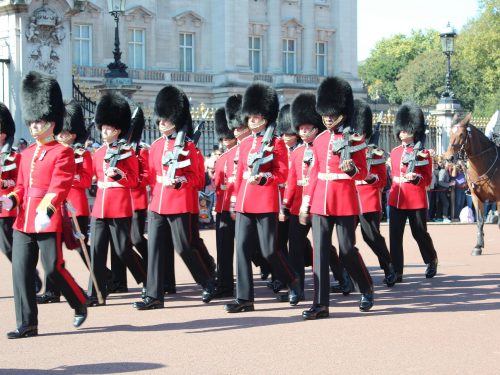 Where To See the Changing of the Guard in England
Where To See the Changing of the Guard in England
You can’t get more English or more royal than the Changing of the Guard. It’s a spectacular event full of tradition and history,…
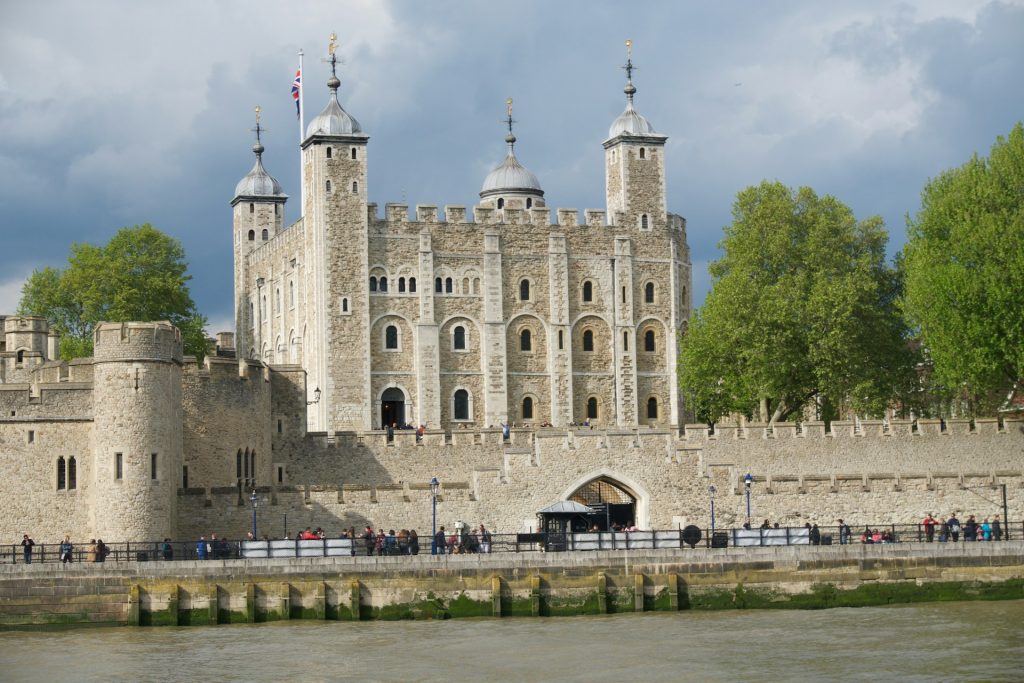
The Tower of London is an iconic landmark steeped in history and intrigue. A UNESCO heritage site, London’s castle has held many roles over the years, from a royal residence to an infamous prison.
It’s a place with plenty to experience, whether you’re interested in London’s history, the Crown Jewels, or just some great photo opportunities.
In this guide to the Tower of London, I’ll share what you can see and do plus how to visit. But first, a little bit of backstory.
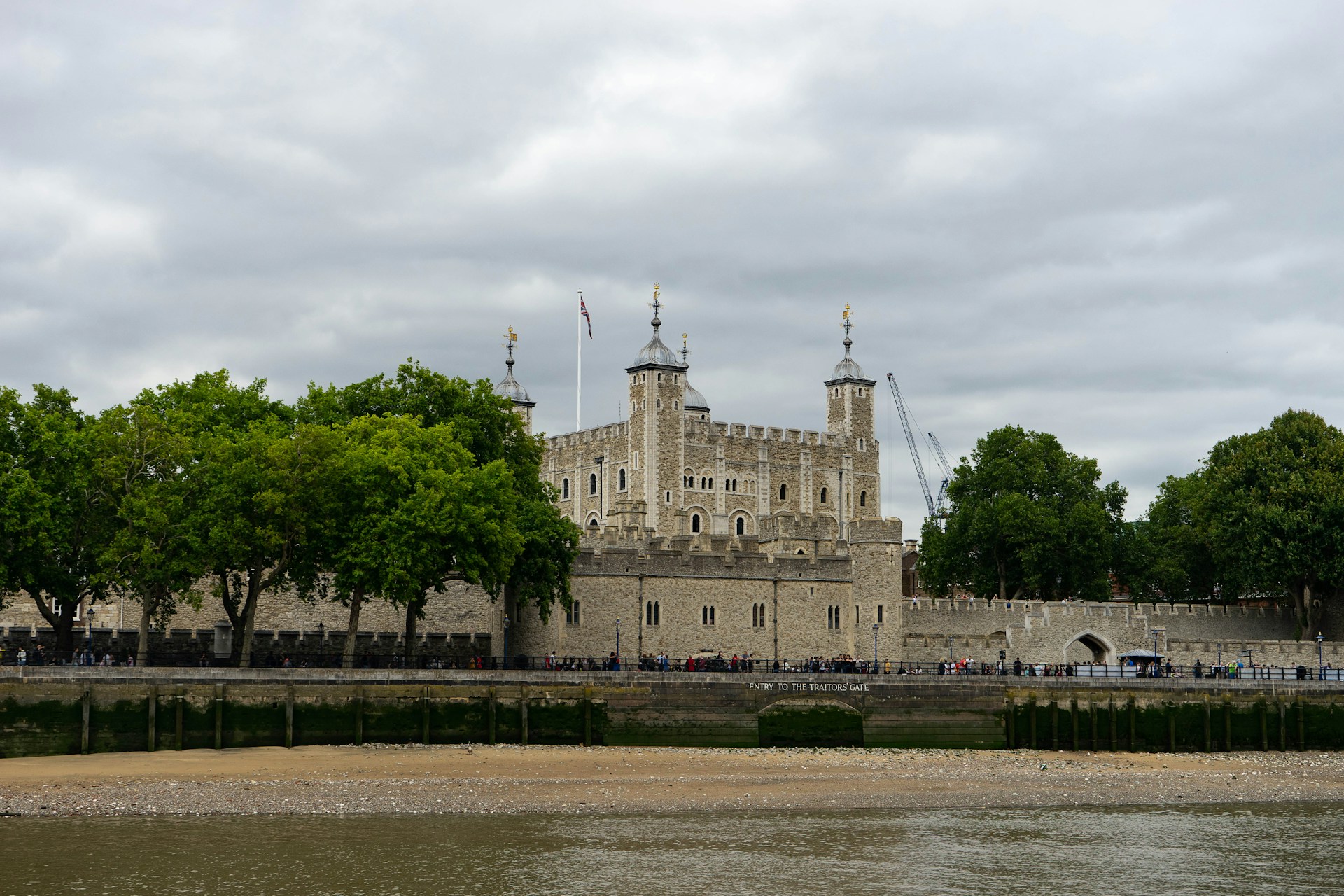
The Tower of London has a long and varied history. It’s been home to a palace, the royal mint, a prison, museum, and even a zoo.
So why was the Tower of London created? And what makes it one of the most unique landmarks in London? Your tour guide has the scoop, but here’s a quick intro before you visit.
The Tower of London was built as a fortress by William the Conqueror in the 1070s. It took 20 years to create with stone imported from France and was expanded over the centuries.
While its initial purpose was all about defence, as the keep, moat, and walls show, medieval monarchs also made the interior into a sumptuous palace, not quite on the level of Versailles but hardly just a barren stone fort either.
The residential area of the fort included St. Thomas’s Tower, the Wakefield Tower, and the Lanthorn Tower. In St. Thomas’ Tower, you can glimpse Edward I’s bedroom, complete with replica furnishings based on 13th-century drawings and manuscripts.
A chapel was later added as was a zoo — we’ll call it a menagerie — and a separate palace near the White Tower. This palace was made resplendent for the coronation of the new queen, Anne Boleyn, in 1533, but Henry VIII’s second and ill-fated wife was only able to enjoy it for three short years.
James I is the last known royal to use the Tower of London as a place to stay. He briefly overnighted there in 1603.
The tower also has a darker side to its history. It was used as a prison and the execution site of famous inmates like Lady Jane Grey (queen for barely nine days) and Guy Fawkes (who attempted to blow up Parliament, memorialized on Guy Fawkes Day).
Then there are those who simply vanished, like the “Princes in the Tower,” who were placed there in 1483 by their uncle, Richard III, never to be seen again. The mystery of their disappearance has never been solved, but in 1674, two skeletons matching the ages of the missing princes were unearthed at the tower.
Some former prisoners are said to haunt the tower still. Most famous of these is the ghost of Anne Boleyn, who’s been spotted — they say — wandering the Tower Green where she was beheaded.
Finally, nearly a thousand years later, the Tower of London is primarily an attraction for visitors curious to learn about this medieval marvel. It draws over 3 million visitors a year, and there are exhibits about the history, replicas to bring the past to life, guided tours, and more.
But this monument is unlike your typical castle turned museum. There are people who live inside the Tower of London — not prisoners but the Yeomen Warders and their families, a garrison of soldiers, and the person who keeps it all running smoothly: the Resident Governor and Keeper of the Jewel House.
To make the tower homey, it has all the essentials, including an on-site doctor, a chaplain, and, of course, a pub.
The Tower of London has lots to offer visitors, in fact you can easily spend half a day here or more.
Walk the battlements for great views, enjoy the natural biodiversity of the recently transformed moat (filled with greenery rather than water), and admire the majesty of the White Tower.
You can also learn about the Tower’s gruesome history at the Torture at the Tower exhibition. Hear murderous tales in the Bloody Tower, or walk in the footsteps of those condemned to a grisly execution at Tower Green.
For a change of pace, explore the Royal Beasts exhibit and learn about the history of royal zoos at the tower. You can also visit the mint to discover how the country’s coins were made.
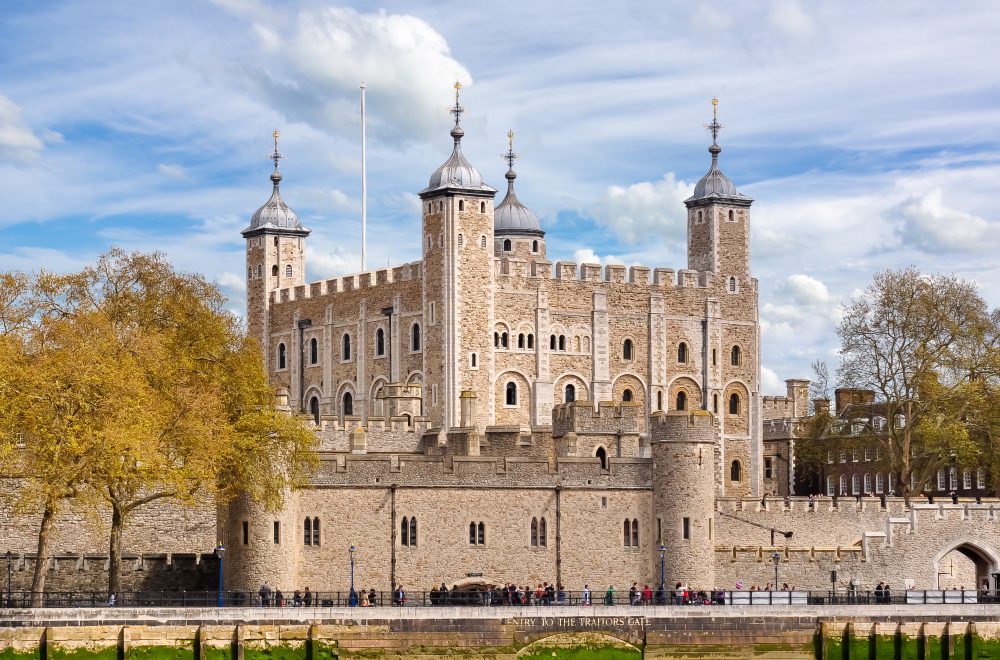
The Tower of London is an impressive attraction and with so much to see and do, it would be easy to feel overwhelmed. Go with a guide, and you’ll get all the interesting historical tidbits and be shown all the must-see places in the tower.
We run a London in a day tour. Not only will you see all of London’s best attractions in a day, you’ll also get a guided tour of the Tower of London.
You’ll get plenty of opportunities to take photos of the famous London skyline, Beefeaters, ravens and, of course, the famous London tower itself.
As you can tell, there’s a lot to do here. Even if you don’t go inside (although you really should!), you can admire the architecture and read the informational placards from outside the walls.
Here are a few specific sites worth keeping an eye out for when you visit.
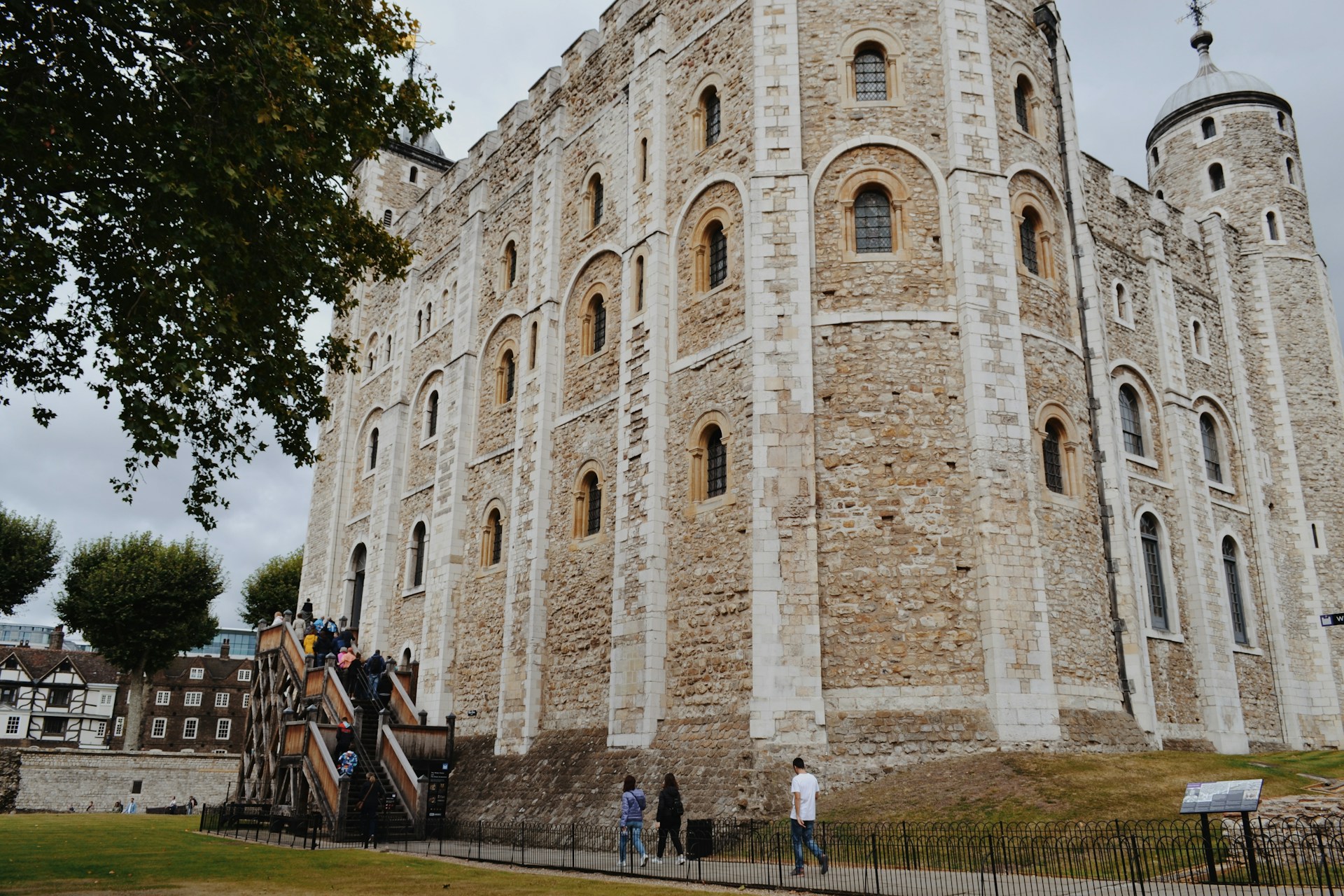
The White Tower is the oldest part of the Tower of London, built by William the Conqueror to deter invaders.
It’s now home to the Royal Armoury and the Line of Kings exhibition where you can see the royal armor of Henry VIII, among others. Inside the tower you’ll also find the 11th-century Chapel of St. John the Evangelist.
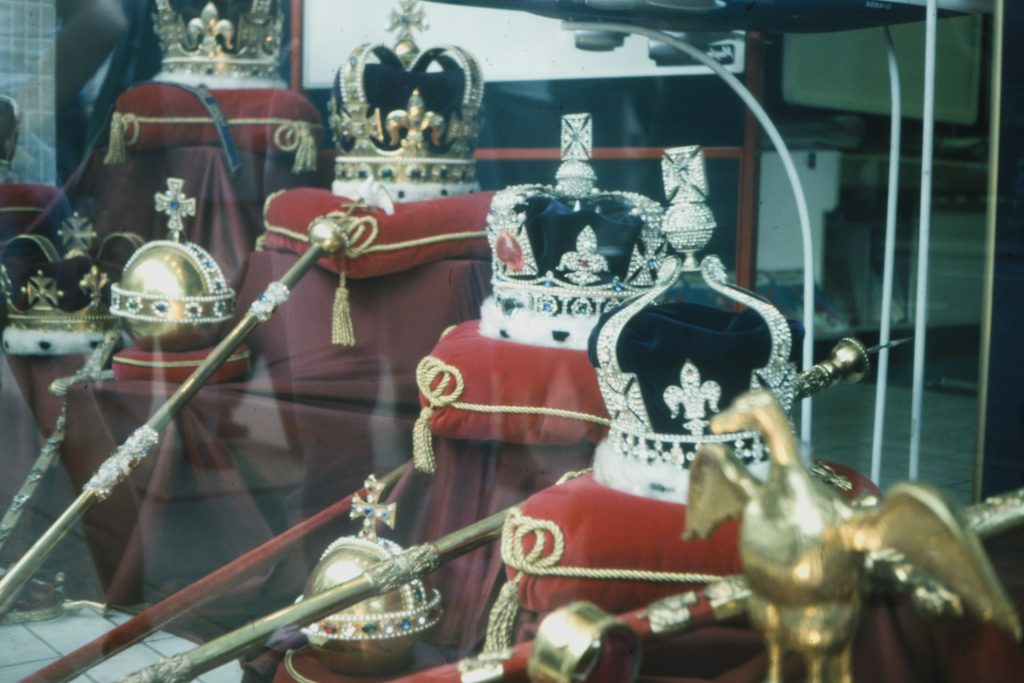
The Crown Jewels are one of the most popular highlights of any visit to the Tower of London.
They have been stored safely in the Tower since 1661, and the impressive collection of 23,578 gemstones includes items that are still used in national ceremonies to this day.
The chapel dates back to the days of Henry VIII. Two of his six wives are buried there (Anne Boleyn and Katherine Howard) as well as Sir Thomas More and Thomas Cromwell.
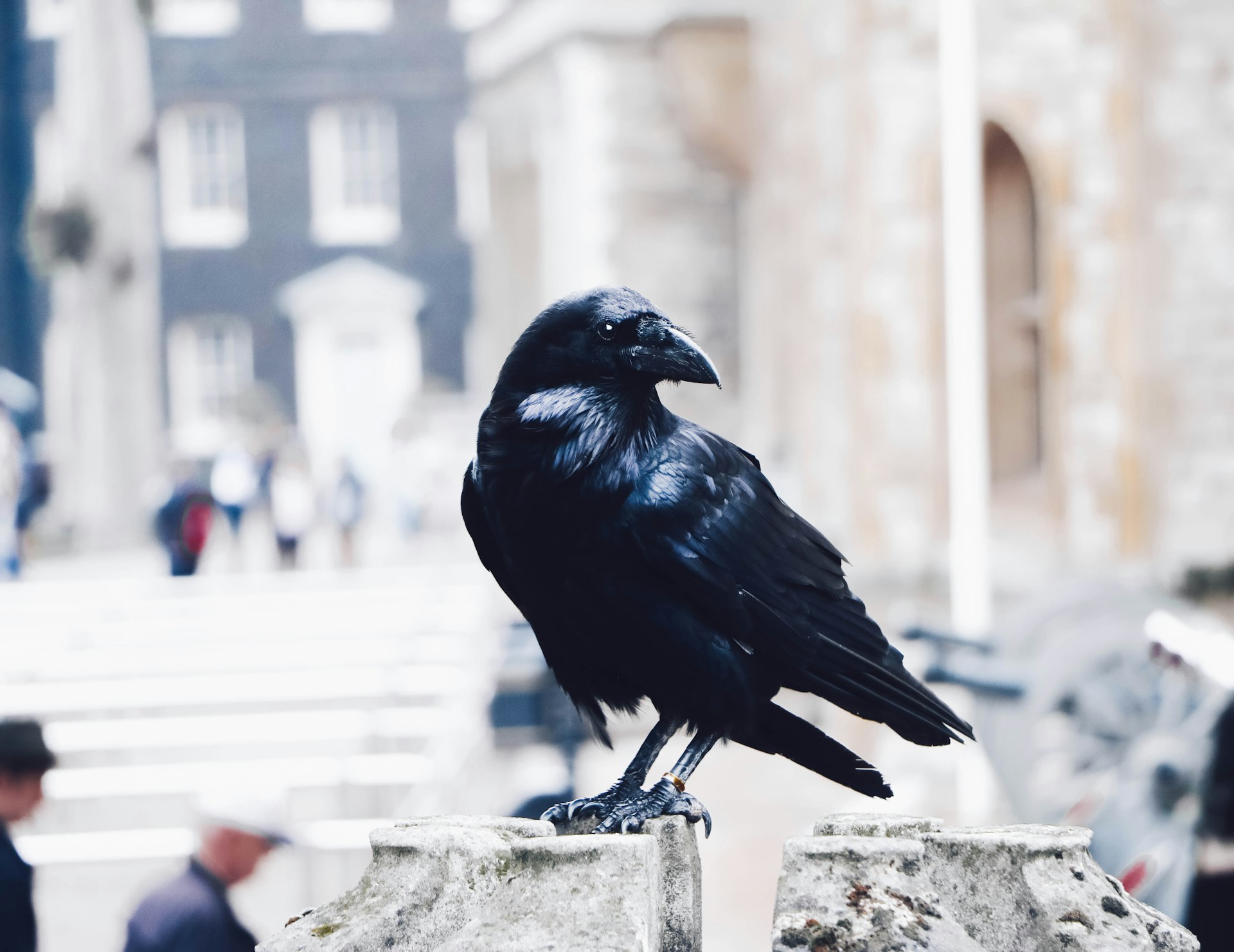
Did you know the Tower of London has several resident ravens? You’ll often see them perched on or near the castle walls, providing the perfect ambiance. But why are they here?
It’s the stuff of legends. There are six ravens in residence at the tower, and the saying goes that if the ravens ever leave, the tower and the kingdom will fall.
You can find the ravens in their enclosure on the South Lawn. These brainy birds are fed and looked after by a dedicated Yeoman Warder called the Ravenmaster — you might even get to witness their gory lunch of mice, chicks, rats, and blood-soaked biscuits.
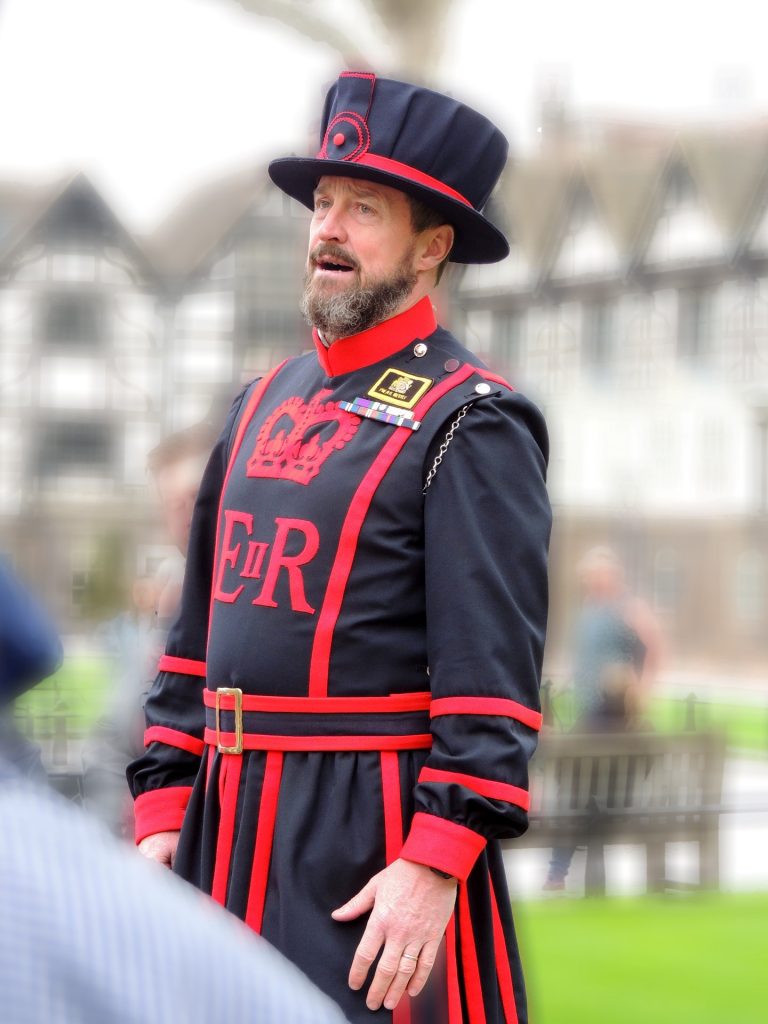
The Beefeaters fulfill an important role in the kingdom, but let’s first introduce them by their proper name. Their official title is “the Yeomen Warders of His Majesty’s Royal Palace and Fortress the Tower of London, and Members of the Sovereign’s Body Guard of the Yeoman Guard Extraordinary.”
It’s not known for certain where the name Beefeater came from, but one theory is that Henry VII’s personal bodyguards were allowed to eat as much beef as they wanted from the King’s table.
Historically, the role of the Beefeaters was to safeguard the monarch, protect the Crown Jewels, and to guard any prisoners in the Tower of London.
These days, their role is largely ceremonial. They conduct tours, perform the Ceremony of the Keys each night, and show up in more than a few tourist photos. With their striking uniforms, they are an integral part of the Tower of London experience.
The Tower of London is a lesser-known site to witness the Changing of the Guard. There are five regiments who perform three daily ceremonies at the tower:
If you want to see this traditional ceremony, read our guide all about where to see the Changing of the Guard in England.
The Tower of London really is an all-weather attraction, as there is plenty to see even on rainy days (although the idea that it always rains here is one of the biggest myths about London). It also has a cafe, restaurant and gift shop, so you can revive yourself and stock up on souvenirs before moving onto your next London adventure.
Opening times vary throughout the year. If you’re not going with a tour, it’s best to check the hours before you go. Opening times are generally 9 a.m.-5:30 p.m. Tuesday to Saturday and 10 a.m.-5.30 p.m. Sunday and Monday.
Getting to the Tower of London isn’t hard at all, even for a first-time visitor. It’s located in central London, so you can easily get there using public transport. The tower is served by regular tubes on the London Underground, and it’s just a five-minute walk from Tower Hill station on the Circle and District underground lines.
If you prefer the DLR, Tower Gateway station is just seven minutes by foot from the tower. Several bus routes stop nearby on Tower Hill and Great Tower Street.
Or you could take the scenic route and jump on a river boat at Tower Pier, which is served by boats from several piers, including the famous London Eye.
Speaking of getting out on the water, you’ll notice London has many scenic bridges. Curious to learn about them? Check out our guide to the nine best bridges in London.
 Where To See the Changing of the Guard in England
Where To See the Changing of the Guard in England
You can’t get more English or more royal than the Changing of the Guard. It’s a spectacular event full of tradition and history,…
 Everything To See and Do in London’s South Bank
Everything To See and Do in London’s South Bank
If you love walking, you’ll love London. There are plenty of beautiful city strolls that double as sightseeing tours all around the capital.…
 The Top 15 Markets in London You Have To Explore
The Top 15 Markets in London You Have To Explore
Street food, vintage clothes, local handicrafts? If you’re like me and love spending hours browsing market stalls, hunting for unique finds and sampling…